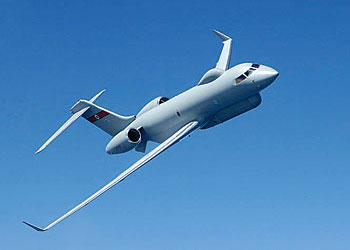INDIAN ARMED FORCES CHIEFS ON OUR RELENTLESS AND FOCUSED PUBLISHING EFFORTS

The insightful articles, inspiring narrations and analytical perspectives presented by the Editorial Team, establish an alluring connect with the reader. My compliments and best wishes to SP Guide Publications.

"Over the past 60 years, the growth of SP Guide Publications has mirrored the rising stature of Indian Navy. Its well-researched and informative magazines on Defence and Aerospace sector have served to shape an educated opinion of our military personnel, policy makers and the public alike. I wish SP's Publication team continued success, fair winds and following seas in all future endeavour!"

Since, its inception in 1964, SP Guide Publications has consistently demonstrated commitment to high-quality journalism in the aerospace and defence sectors, earning a well-deserved reputation as Asia's largest media house in this domain. I wish SP Guide Publications continued success in its pursuit of excellence.
- Indian Air Force Aims for Full Indigenous Inventory by 2047 — Air Chief Marshal A.P. Singh
- General Upendra Dwivedi takes over as the Chief of the Army Staff
- Rajnath Singh assumes charge as Defence Minister for the second consecutive term
- Admiral Dinesh K. Tripathi assumes Command of the Indian Navy as 26th Chief of the Naval Staff
- Prime Minister witnesses 'Bharat Shakti' – a Tri-Services Firing and Manoeuvre Exercise in Pokhran, Rajasthan
RAF surveillance aircraft clock up 20,000 flying hours

Surveillance aircraft based at RAF Waddington have notched up a collective total of 20,000 flying hours protecting British and other ISAF forces in Afghanistan.
The high-tech, state-of-the-art Sentinel R1 aircraft of No 5 (Army Cooperation) Squadron and Shadow R1 aircraft of 14 Squadron have each clocked up 10,000 hours on Operation HERRICK.
While based in Britain aircraft from both units have been permanently patrolling the skies above Afghanistan since 2009 gathering vital intelligence on insurgent activities.
RAF Waddington Station Commander Group Captain Al Gillespie said:“The search capabilities of Sentinel and Shadow have provided UK and coalition partners with an unprecedented insight into the unique operating environment of Afghanistan. The ability to search vast areas and provide real-time information to others has led to more efficient and effective application of other military capabilities such as remotely-piloted air vehicles, coalition helicopter-borne forces, light-armed reconnaissance vehicles and combat aircraft.
“Its superb capabilities, with its ground-mapping radar and ability to detect personnel and vehicle movements from many miles away, have led to some ground forces describing it as a ‘go/no-go’ asset for their operations– meaning that without Sentinel they would not continue.”
On August 14, 2012, Sentinel hit the milestone of 10,000 operational hours in support of British and coalition troops, with more than half of these hours clocked up since May 2011.





